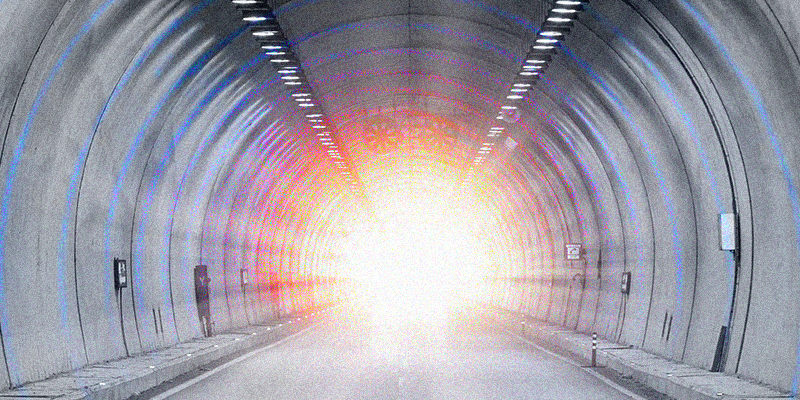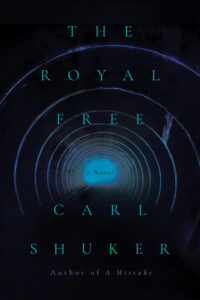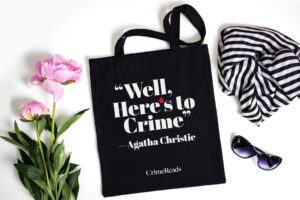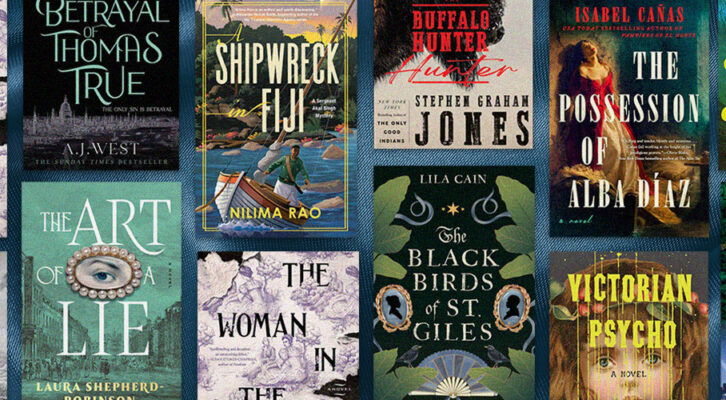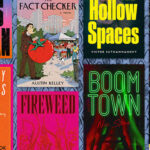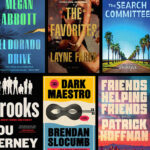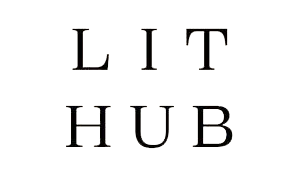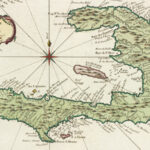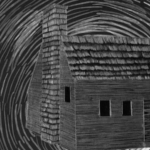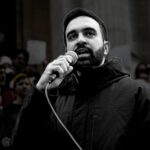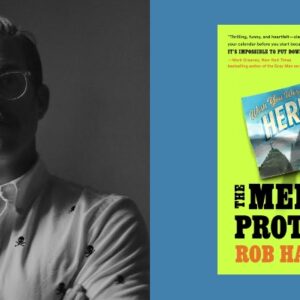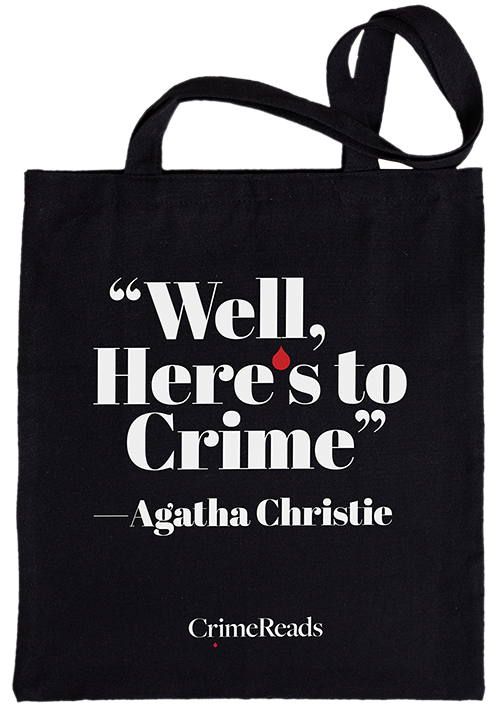It was weird, because the last two times I wrote fiction about the very recent past I actually began by very consciously setting those novels in the near future.
I set out to write novels about a future London, and a future Lebanon.
When these two books were finally finished and published they were firmly set in a near-contemporary period, but somehow that early effort to imagine a future based on the facts of now, what might change, and most critically the atmosphere of the future, made these novels incredibly rich and fertile for me, imaginatively.
With Anti Lebanon (Counterpoint 2014), what I ended up producing was a Lebanese horror (with vampire) novel set firmly in 2008, during the “the little war” when Hezbollah took over Beirut.
But my first go at it was trying to create a ghostly, speculative, near-future, post-civil-war milieu, that combined aspects of the real Beirut with an imagined world sort of incidentally akin to M. John Harrison’s Viroconium with a dash of JG Ballard’s wonderful short story “War Fever”.
In that superb bit of lesser Ballard the baffling number of sectarian Lebanese militias of the civil war have so evolved and devolved over time they’ve forgotten their causes and what they’re fighting for.
For my book I had in mind something more emotionally or spiritually mutated – one militia I imagined and invented, for example, had decided to eschew all weapons, AK47s, RPGs or car bombs, and now simply marched en masse into street battles in west Beirut unarmed, silently crying and climbing over the bodies of their fallen. They won some through sheer force of numbers.
Somehow, though, it wasn’t working. In all my work to understand Lebanese history and the Lebanese present in order to extrapolate it into some kind of emotional future with its own credible details (but more importantly its atmosphere, it’s tone), what I’d actually done was create an atmosphere and tone for how to tell it right now – or, more specifically, in 2008.
(Critical to this choice was a fact you don’t need reminding: that things shift fast in the Middle East and reality can burn the fingers of fiction writers who work in that world. In my book characters flee the 2008 conflict in Lebanon into Syria. This was of course true, but the Arab Spring came in 2011, Syria became one of the world’s greatest sources of internally and externally displaced persons, and history often laughs at our inventions. How would one write a novel about Hezbollah now, for instance?)
But in imagining a ghostly, haunted future Beirut, what I’d come up with was a kind of troubled, haunted atmosphere that was emotionally available for the book when I decided it was concretely set in 2008. A palette, in a way, for me to paint with. Way more important than period detail like presidents, period TV shows, pop culture colour. Atmospheres are more critical to sustaining the long, long process of writing a book than any kind of research, at least, for me. Like a terrarium for mushrooms to grow.
I did it again.
In The Royal Free (Counterpoint, 2025), my new book, I set out to write a future London where the old imperial values of the scientific method, evidence, history and slow accretion of knowledge (as embodied in the straitened yet comic world of the Royal London Journal of Medicine), sit right tight and hard beside rampant street violence. On the one hand, the ancestral home of medicine and learning; on the other, riots and the young and poor smashing and stealing from what they look at every day – the games shops, the Footlockers and Apple and Nike stores – where they see the things they can’t afford.
I’d lived in London seven years, most of them working at the British Medical Journal, one of the oldest medical journals on the planet. In 2011, riots took over the streets of London after the shooting of a black man in Tottenham, and rapidly spread through the country. After Lebanon I was really drawn to places where things start to fall apart. Places and times where older values take over, older forces than the flawed and fallible governments of the day. Liminal and primitive.
The riots in London were a little like this. There was a different glee to it though – it was just as dangerous (firefighters were stoned by rioters little more than children), but it was somehow less serious. People were having fun, until they didn’t. It was so English – how something in the national character needs an explosion from time to time.
I was extrapolating, too, from the inequality London shoves in your face minute by minute. In London I lived two blocks from Gwyneth Paltrow and Chris Martin’s massive Belsize Park mansion. (When their kids had birthday parties we watched the children shepherded in off the street by two gigantic bomber-jacketed bouncers who communicated with Gwyneth via mics and in-ear comms.) Between us and Gwyneth and Chris was a housing estate where people got stabbed. The semiconscious coupling of inequitable London. Those riots in 2011 seemed to spread inexorably toward us until they were stopped by police only once they reached the fringe of moneyed Hampstead, from which we drew some borrowed protection, in our repurposed council house (aka, in US argot, essentially a project right beside somewhere like Fifth Avenue).
In my novel, I thought, I would extrapolate that inequality, further into a near future and near-future extremity. I wrote about the advances of science and the importance of medical terminology and biostatistics right alongside a brick thrown through the window of the bus where someone is sitting thinking hard about those things. In the mood somewhere between those two I found a wonderful tone, a tension, tons of telling detail, an atmosphere, a palette, that felt true.
So The Royal Free and its atmosphere was incredibly vivid and fecund for me. It was set in this magical world I had created and only I knew, and I knew its limits and its possibilities, its parks and chills and rivers and riots and its noncontagious disease. And gradually, slowly, like all projected worlds eventually, it came back to me, to now, to the very recent past, and settled there.
Just as in the book about Lebanon, in The Royal Free I was using an imaginative projection to understand more about my present. What was Lebanon really like in the post-Civil War ruins and reconstruction, not just of buildings but memories, hatreds, crimes and deep loyalties? What does it feel like? What does a London – rich in infinitely dense academic and medical striving, and in poverty, violence and growing rage against police overreach – really feel like? Smell like? What images are available, what’s the vocabulary that could do this justice?
Somehow by trying these places out in the future I found out what I was seeing now, how to see it, see it differently in ways only I could. And in ways I might not have done if I had said to myself, in 2025, “this novel is set in 2011. What happened in 2011?”
It’s a hoary old chestnut that scifi tends to reveal more about the concerns of the present in which it was written than the future it overtly presents. But maybe there’s something in that chestnut that is less sociological, or less litcrit, which can help writers building their worlds. It’s possible that when you begin to imagine a future world you’re engaging parts of your imagination you might otherwise let lie dormant if you think you’re relying on a somehow stable, accepted, extant past that we all share (because we don’t).
When you extrapolate your fictional world into a near future it’s possible you’re doing imaginative work that enriches your fiction – its walk-on characters, its mists, smells, dangers – for readers in ways that just maybe you thought you didn’t need to, or ways you didn’t even know you could.
***

